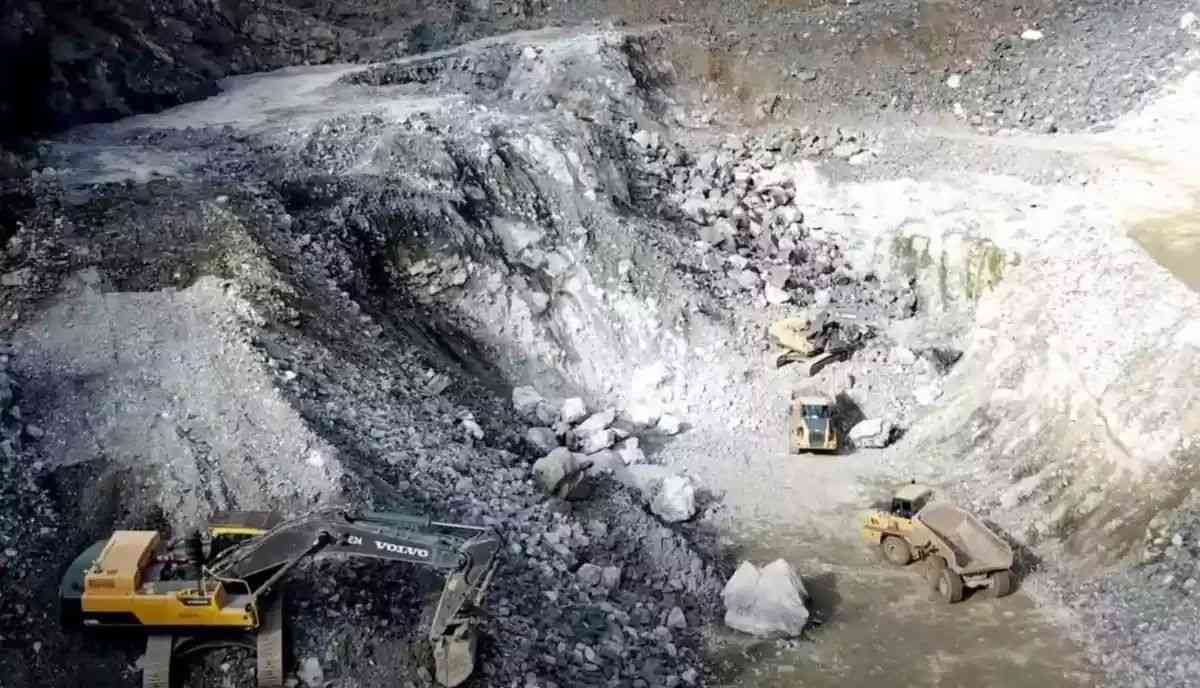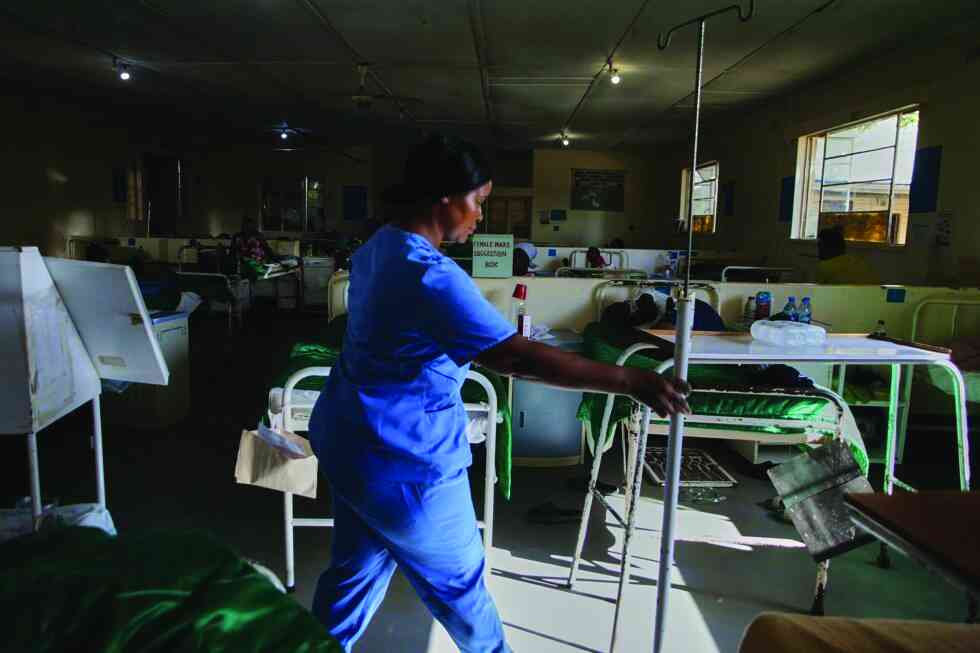
AN Australia Stock Exchange (ASX)-listed company, MetalsGrove, whose initial exploration bid for Zimbabwe’s lithium came up short, announced that it will continue to pursue assets at the Beatrice and Arcturus sites, which are located near some of the region’s largest finds.
In an update to shareholders, MetalsGrove shared results from its exploration efforts, stating that further investigations would be conducted in the absence of detailed reports.
MetalsGrove entered the race to explore Zimbabwe’s lithium in December, and their acquisition announcement sparked a bull run on the ASX.
However, this is one of the rare instances where a company exploring for lithium in Zimbabwe has reported "barren" claims.
"The final report and assay results from the initial surface mapping and sampling programme fell short of the company’s expectations," MetalsGrove managing director Lijun Yang said in an update to shareholders.
"Assay results from identified pegmatites within the Arcturus project are barren in lithium. Samples collected from the Beatrice project showed encouraging lithium grades with lepidolite observed, but only one of these samples, grading 0,88% Li2O, was collected from within MetalsGrove's granted tenements.
“However, in the absence of detailed geological observations, and with no pathfinder elements such as tantalum, potassium and rubidium included in the assay suite, the company, whilst disappointed with the initial results, considers that further investigation is warranted.”
ASX performance data reviewed by businessDigest indicated that MetalsGrove’s market capitalisation dropped by US$1,96 million after the shareholder update on June 3.
This marked a stark contrast to the excitement in mid-December when MetalsGrove's shares jumped 16% following the announcement of a strategic agreement to acquire six lithium-tin-tantalum claims.
MetalsGrove’s assets are situated near Zhejiang Huayou Cobalt’s Arcadia lithium mine in Goromonzi, one of the world’s largest lithium operations, which has the capacity to produce about 450 000 tonnes of lithium concentrate per annum.
In February, Australian-based consulting firm GeoCOM was engaged by MetalsGrove to conduct initial geological mapping and surface sampling of the Arcturus and Beatrice sites in search of lithium.
The findings reported that a total of 104 rock samples were collected, prepared, and submitted to ALS South Africa for analysis — nine samples from the Beatrice region and 95 from the Arcturus region. Over one-third of these samples were collected from areas outside MetalsGrove's tenements.
"Pathfinder elements commonly associated with lithium mineralisation, such as tantalum, potassium, and rubidium, were not included in the assay suite,” reads part of the report.
“The 95 samples collected from the Arcturus region recorded lithium values at trace levels or below detection limits (BDL).
“The nine samples collected from the Beatrice region showed encouraging lithium grades, with values up to 1,44% Li2O; however, only one of these samples was collected from within MetalsGrove's tenements."
The region around the Arcadia mine is considered highly prospective, hosting many pegmatite zones variously mineralised in lithium (spodumene and lepidolite), caesium, tantalum (LCT), and beryllium.
Prospect Resources retained the Step Aside Lithium Project, located approximately eight kilometres north of Arcadia, where recent drilling success included 67m at 1.17% Li2O.
"The work undertaken on Arcturus and Beatrice was of only an initial nature. Geological mapping was conducted with less detailed geological observations than would usually be the case," MetalsGrove noted.
Despite the initial setbacks, MetalsGrove remains committed to further exploration and development of their lithium assets in Zimbabwe, believing in the potential for significant discoveries.
“The initial site visit was primarily focussed on negotiating and acquiring the tenements. Pathfinder elements commonly associated with lithium mineralisation, such as tantalum, potassium, and rubidium, were not included in the assay suite.”











